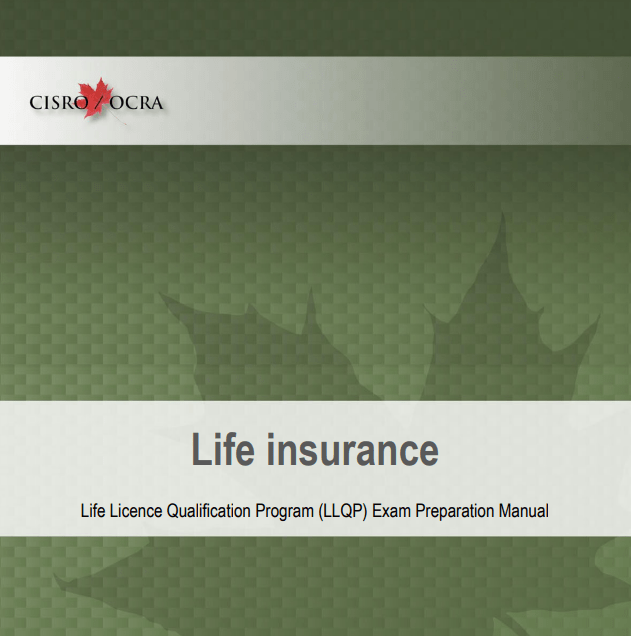Chapter 16: Choosing a Lender
July 17, 2023
- Any three of the following:
- MICs: Atrium, CMI, MCAN, AP Capital, Timbercreek Financial, etc.
- Private lenders: individual investors and syndicated mortgages
- Any three of the following:
- First National, MCAP, Paradigm Quest, Merix, etc.
- The broker channel refers to lenders that use mortgage brokerages to source business, either exclusively or in addition to sourcing business directly from consumers. Chartered banks, credit unions and MICs that have a broker channel will do both, while MFCs and private lenders will rely on mortgage brokerages exclusively.
- A monoline lender is a non-bank lender that does not take deposits, have store fronts, or provide other non-lending products. Its sole business is lending. Mono is a prefix that means one, so you can think of this as a one type of product, or line, lender. Monoline lenders are an example of an MFC.
- There are several.
Chartered Banks
| Description | Banks are the dominant players in the mortgage lending landscape in Canada. These depository institutions offer a complete variety of banking and financial services in person through their branch network and online. Bank customers can combine all finances under one institution. Under the Bank Act, banks are defined as:
A list of current Schedule 1, 2 and 3 banks is located in the Appendix |
| Regulation | Federally regulated by the Office of the Superintendent of Financial Institutions (OSFI) |
| Funding | All types of funding but mostly deposits |
| Regional Concentration | While they are widespread across the country, they tend to have greater shares in urban and metropolitan areas. |
| Examples | Bank of Montreal, Bank of Nova Scotia (Scotiabank), Canadian Imperial Bank of Commerce (CIBC), National Bank of Canada, Royal Bank, Toronto Dominion Bank, etc. |
Credit Unions
| Description | Credit unions (or caisses populaires in Quebec) are the second largest players in the mortgage lending landscape. They are depository institutions that have a “co-operative” business model, meaning they are owned by their members (every member has an equal vote). They offer an entire range of financial services in terms of banking, lending and investment products. They are generally known for more personalized customer service. |
| Regulation | Most are provincially regulated, with some moving to federal jurisdiction |
| Funding | All types of funding but mostly deposits |
| Regional Concentration | Tend to have a higher presence in non-metropolitan areas than other financial institutions. |
| Examples | Alterna Savings and Credit Union, Desjardins Ontario Credit Union, Conexus Credit Union, etc. |
- A prime Borrower is typically an individual who has excellent credit, provable income and stable employment. This type of lending is often referred to as “, “A lending” or “Prime lending”, while those falling outside of these guidelines are served by the sub-prime mortgage market.
- The rates and fees for prime mortgages are typically lower than those of sub-prime mortgages. Sub-prime mortgages are typically easier to qualify for.
- The typical sub-prime Borrower is an individual who may have a combination of the following characteristics:
- Current poor credit such as being behind in his or her payments on one or more credit cards, loans or other debts
- Less than two years at his or her current job
- Self-employed
- Has a previous bankruptcy
- Has previous poor credit with no re-established credit
- Requires high LTV financing.
- A client requiring a private mortgage will generally not qualify through a prime or sub-prime Lender. This client will normally have equity in his or her property and be able to obtain financing to a maximum of 85% LTV, depending on the area in which the property is located.
- The qualification requirements for each mortgage product.
- The rates for each mortgage product as well as the necessary credit score and loan to value
- Contact the Lender’s BDM for clarification.
- Loan to Value: Which lender(s) offer the ltv that the client requires?
- Income Verification: What income verification is required? Can the client provide the appropriate document(s)?
- Property Type: Does the client’s property type meet the lender’s requirements? I.e., if the client has a rental property, does the lender have a rental product?
- Credit Score: What are the lender’s requirements? Does the lender offer a different ltv based on credit scores? If so, does the client qualify?
- Terms: which lender offers the best terms for the client?
- Product: which Lender offers the right product for the client?
- Rates: which Lender offers the best rate based on the product chosen for the client?
- Speed: which Lender provides the quickest response to an application submission?
- Service: which Lender provides the best service to both Mortgage Agents and clients?
- Reputation: which Lender has the best overall reputation in the mortgage industry?
- Brokerage Preference: does the Mortgage Brokerage have a preference for or dictate which Lender should be used under certain circumstances?
- Finder’s Fees: if everything else is equal and two or more Lenders are appropriate for the client, which of those Lenders, if any, pays the highest commission?
- Loyalty Program: if everything else is equal and two or more Lenders are appropriate for the client, which of those Lenders, if any, offers a loyalty or points program?
- Finder’s Fees: if everything else is equal and two or more Lenders are appropriate for the client, which of those Lenders, if any, pays the highest commission?
- Loyalty Program: if everything else is equal and two or more Lenders are appropriate for the client, which of those Lenders, if any, offers a loyalty or points program?
15. What impact does a credit score have on the ability of a Borrower to access a Lender’s products?
- Most Lenders’ products have minimum credit score requirements and that must be met by the Borrower





